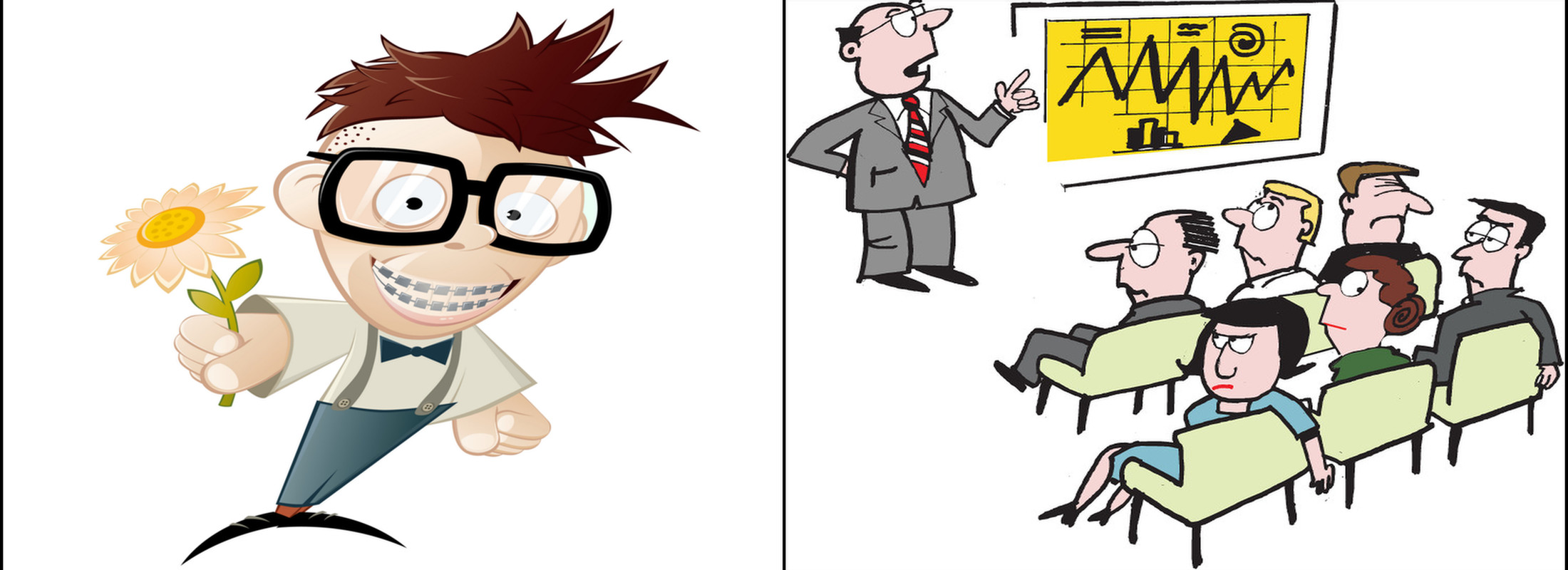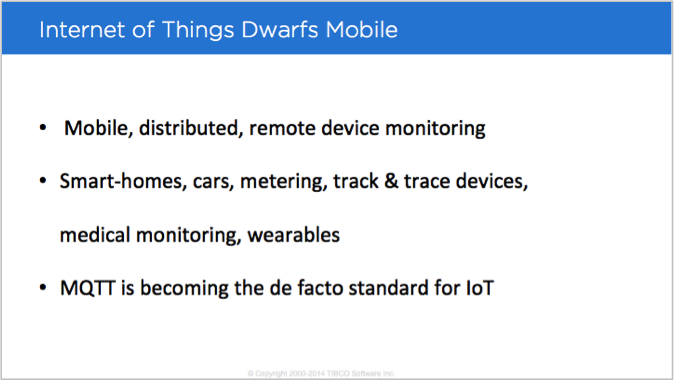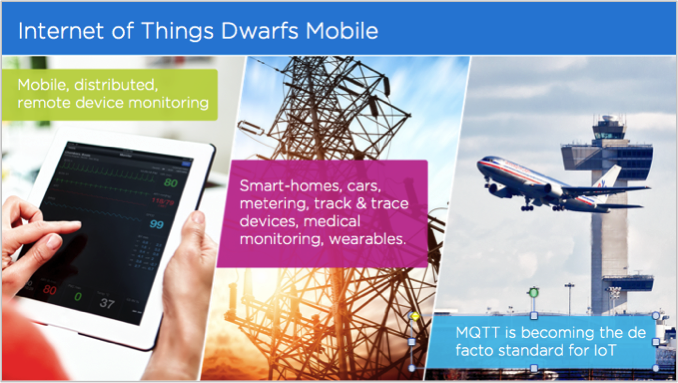Presenting in the Age of Aesthetics

“Would you rather be called ugly or boring?” That was the poll we conducted a few weeks ago. Out of 190 business and academic professionals, 55% said they preferred to be called ugly, not boring. These are just descriptive statistics, not meant to generalize to a larger population; however, the data can provide reasonable insights into our society, and at a lower scale, into our presentations.
Given the demographic that responded to the survey, this slight majority vote is not surprising. After all, in both business and academics, being engaging is essential to career success.
So maybe the real question should be this: In a group of professionals, why did the need for beauty receive such a high vote (45%)?
Beauty Is Powerful.
Somehow, beauty still rules. Remember the Olympics opening ceremony in Beijing, when the 7-year old Chinese girl mimed a vocal performance, because the better singer was considered unattractive? The ceremony’s chief music director explained in an interview, “It was in the national interest.”
Desire for Beauty Is Universal.
The need for beauty captivates many nations. In Brazil, there used to be more Avon associates than military members. In America, we spend more on cosmetics than on education and social services.
Researchers on college campuses found that students who consider professors physically attractive also consider them better teachers. They are more likely to ask attractive professors for help, and less likely to blame them for a failing grade.
Overall, good-looking people tend to get better grades on tests (when grading is subjective), earn more money, and marry people with more resources. And in social settings, researchers note that 89% of people will choose to go on a second date, based on attractiveness alone.
We Tend to Judge Attractiveness at Warp Speed.
Beauty rules, and it also acts fast. It takes about 150 milliseconds for most people to rate something as beautiful. For example, as soon as you look at the picture below, there is a good chance you will consider it beautiful almost instantly.

So Is Beauty Universal or Subjective?
If we can come to conclusions about what’s beautiful and what isn’t, instantly, what criteria are we using to make that decision? Is it a product of societal norms and expectations, or our own individual preferences?
Ironically, both.
There are culture-specific preferences for beauty, like the wearing of large lip plates or elongated necks in Africa. There are also personal preferences, like blondes versus brunettes. However, scientific research reveals several universal metrics for beauty, such as symmetry, balance, logical patterns, and rhythm.
What Could This Mean to Your Presentations?
First of all, it means that the way you look in front of an audience may impact your message. Your clothes, facial expression, stance, posture, hands, and eye movement will contribute to how your content is received, for better or worse.
If you display slides, the visual appeal may matter even more than you realize. Research confirms that when audiences perceive something as aesthetically appealing, they will pay attention longer and will return more often.
For example, consider the following two slides. Both contain the same message, but the visual appeal is different. Which slide makes you want to look longer, or look again?

VS

The Difference Between Ugly and Boring May Not Be Such a Stretch.
When we conducted our ugly vs. boring poll, the slightly larger vote for ugliness could have been based as much on outside pressure as personal preference.
In professional settings, particularly in presentations, the need for engagement has been at the top of the request list from audiences for a long time. Who wants to sit through a presentation and be bored?
Being valued by others, whether for being beautiful or for being engaging, is tied to self-esteem. It’s not surprising that we want to comply with what society values. In fact it confirms recent research.
While older psychological reports held that self-worth was an internal struggle, the latest studies confirm that self-esteem is a collaborative, not individual process. What society thinks holds a certain amount of sway over how we value ourselves. We treasure the parts of ourselves that society deems worthy.
So when we ask a group of professionals whether they would rather be boring or ugly, it isn’t a shock that a slight majority would rather give the audience the engagement it obviously desires, than look beautiful.
The Audience Is Asking for Engagement AND Beauty.
The need for beauty expressed earlier may seem egoistic, but it may not be entirely so. When you look at the survey results in light of the fact that our own self-esteem is tied to the wishes of society, it makes sense that we would care about beauty.
Wishing not to be called “boring” is also rooted in the desire to give society what it wants, and to aim for something higher than ourselves. The audience wants to be engaged. And we aim to give the audience exactly what it wants.
Beauty Leads to Engagement.
The good news is that you don’t have to choose between boring and ugly when you create your presentations. As we saw before, beautiful equals engaging. So use that knowledge as power. Put in a little extra time and polish, and make your next presentation both engaging and visually stunning.